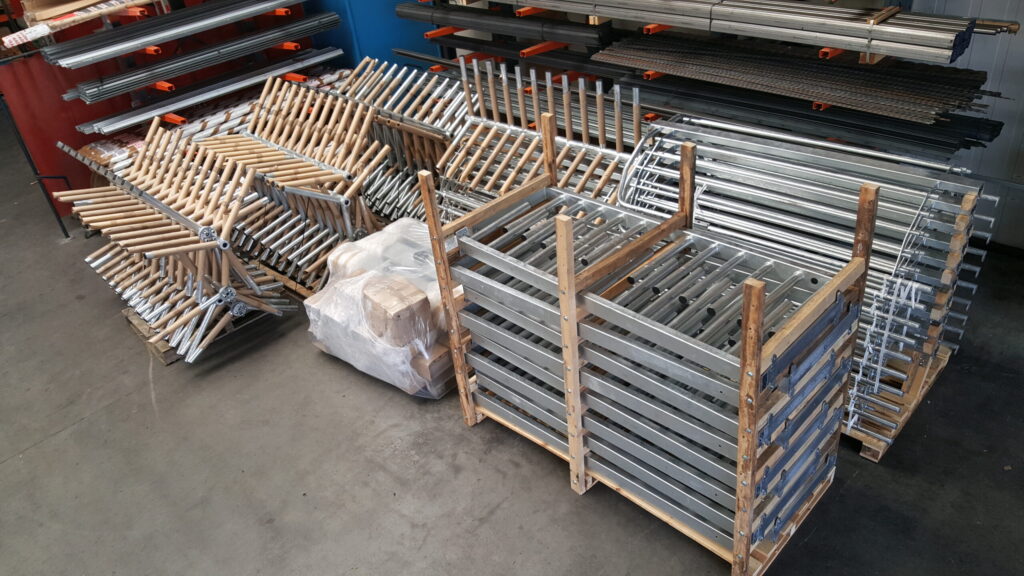CLA data Chain Liability Act
CLA data
The Chain Liability Act (WKA): we all have to deal with it in our industry. But how do we keep a grip on complex chain projects? And how do we reduce the risk? But above all: how can we work pleasantly together without the WKA constantly casting a daily shadow on the beautiful projects we want to realize together?
The chain
Several (sub)contractors and workers are involved in the execution of a contract. The WKA makes the contractor of a contract and the hirer of labor liable for the payroll taxes that its subcontractor must pay. The subcontractor decides to outsource part of the project to another or deploys hired labor. This can create a chain of (sub)contractors all involved in the execution of one job.
Link of responsibility
The WKA makes each link of the chain liable for the wage tax/ national insurance contributions and employee insurance contributions that its subcontractor – i.e., the next link – of (part of) its work must pay. So: contractor A is responsible for unpaid payroll taxes of subcontractor B and subcontractor C. Subcontractor B is responsible for unpaid payroll taxes of subcontractor C.
The solution
To properly monitor and regulate this chain of responsibility, the use of turnstiles can be a useful tool. This is because a turnstile can be used to regulate who gets access to a construction site, for example, and keep track of who enters the site. This allows the general contractor to keep better track of which subcontractors and workers are involved in the project and to verify that these parties are meeting their obligations. In addition, using WKA data collected at the turnstile, any payroll taxes and contributions can be verified. The use of turnstiles can thus help reduce the risk of chain liability and promote pleasant cooperation between the various parties in a complex chain project.

